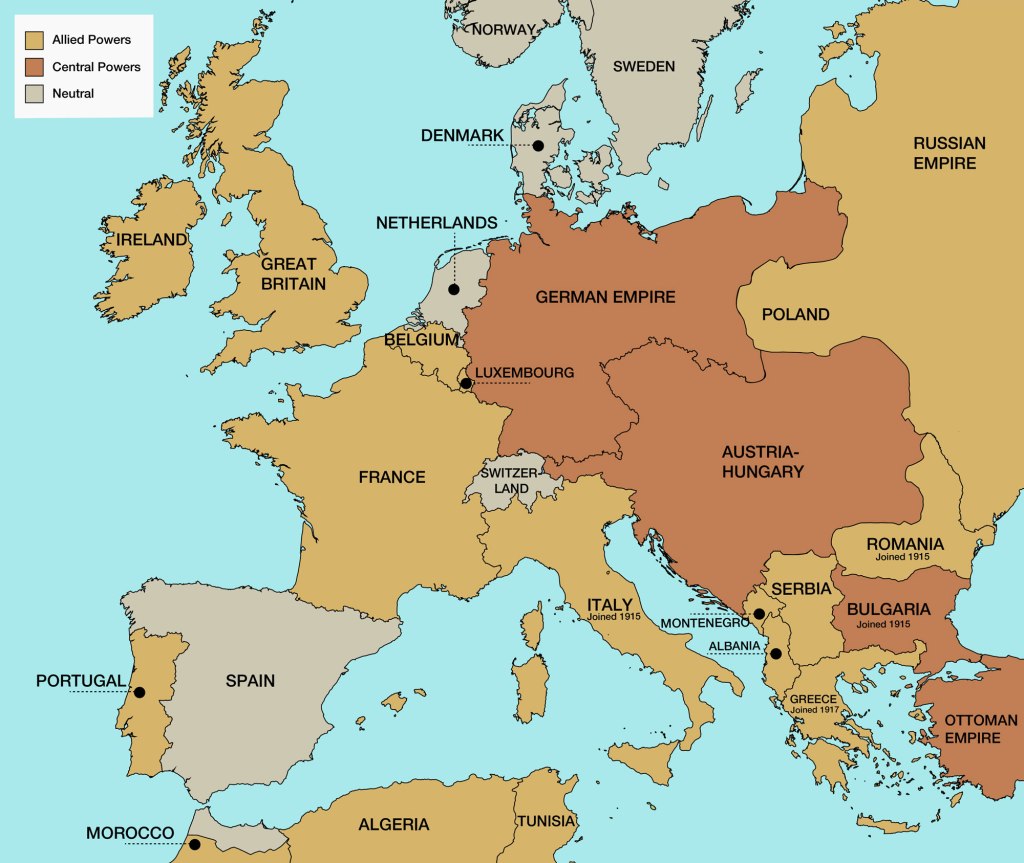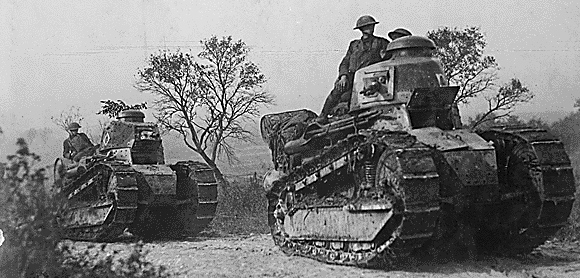The National Archives and Records Administration (NARA) recently completed digitization of the Alien Enemy Index, 1917–1919 (National Archives Identifier [NAID] 602456), that contains 57,722 index cards that document U.S. government interest in – and actions concerning – enemy aliens during the First World War. Enemy aliens were citizens of the German Empire, Austria-Hungary, Bulgaria, and the Ottoman Empire. You can read more about this index and the related records at “The Alien Enemy Index, 1917-1919, is Now Digitized!” at https://historyhub.history.gov/genealogy/b/genealogy-blog/posts/the-alien-enemy-index-1917-1919-is-now-digitized.
The map below, courtesy of Australia’s Digital Classroom, shows the European boundaries of the Central Powers whose citizens were considered enemy aliens.
Search Tips: When searching the Enemy Alien Index in NARA’s Catalog, keep in mind that the first name of some aliens are abbreviated, such as “Chas.” for Charles or “Robt.” for Robert. Therefore, if searching by first and last name yields no results, search by surname only, or even by first name only for unusual first names. Also consider searching by alternate spellings of a surname if you get no results. In addition, some women are listed by their husband’s name, such as Mrs. Theodore Zeigler (NAID 296756836). You can also browse through an entire file unit (there are 23 file units), but be sure to set the “Sort by” order to either “Title (Alphabetically, A-Z)” or “Title (Alphabetically, Z-A)” instead of “Most Relevant.”

Map URL: https://digital-classroom.nma.gov.au/images/map-showing-first-world-war-alliances


